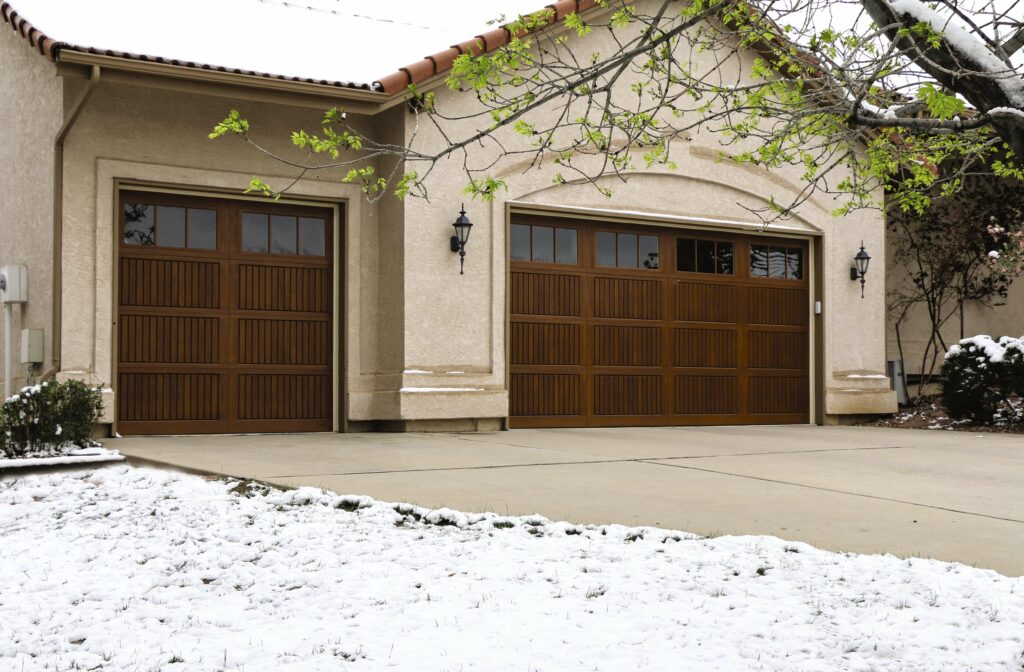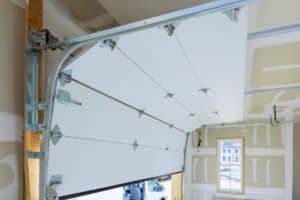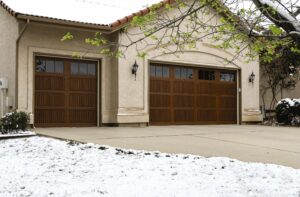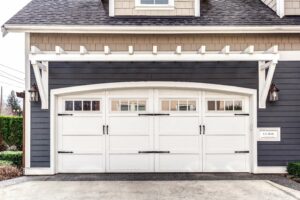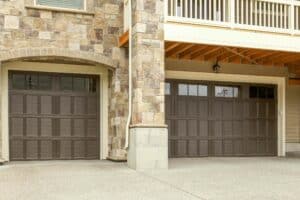When it comes to safeguarding your home from extreme weather conditions, one crucial aspect that often goes overlooked is the garage door. Your garage door is not just a barrier to protect your vehicles and belongings; it also plays a significant role in maintaining the overall structural integrity of your home. In this comprehensive guide, we will provide you with essential tips on how to prepare your garage door for extreme weather conditions and ensure its durability throughout the year.
Why Garage Door Preparation Matters
Your garage door is the largest moving part of your home and is constantly exposed to the elements. Neglecting its maintenance and preparation for extreme weather can lead to costly repairs and potential damage to your home.
By taking proactive steps, you can ensure that your garage door remains reliable and functional, even in the harshest conditions.
Inspecting Your Garage Door
Regular Maintenance
Regular maintenance is the first step in preparing your garage door for extreme weather. This includes lubricating moving parts, checking for loose bolts, and ensuring that the door operates smoothly.
Proper lubrication reduces friction and minimizes wear and tear on critical components, ensuring your garage door’s longevity. Additionally, inspecting and tightening loose bolts and screws helps maintain the door’s structural integrity.
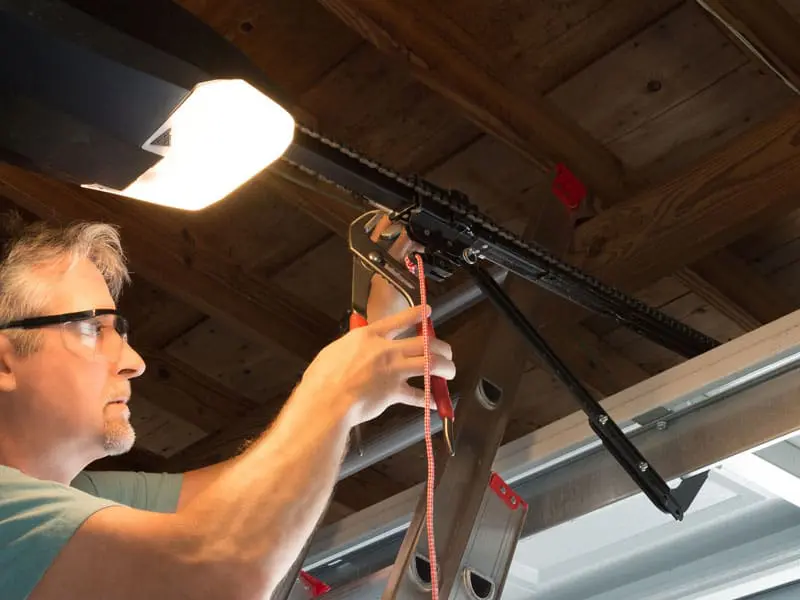
If you’re not comfortable performing these tasks yourself, or if you simply want the peace of mind that comes with professional expertise, consider hiring a licensed garage door technician for an annual inspection and maintenance service. Their trained eyes can identify potential issues early, preventing costly repairs down the road and ensuring your garage door is ready to face whatever Mother Nature throws at it.
Signs of Wear and Tear
When preparing your garage door for extreme weather, it’s crucial to inspect it thoroughly for signs of wear and tear. Take a close look at the door’s panels, checking for any visible cracks or damage. Cracks can compromise the structural integrity of the door and allow moisture and cold air to seep in during extreme weather conditions.
Examine metal components for signs of rust or corrosion. Rust can weaken the door’s metal parts, making them more susceptible to damage during storms. If you notice any rust, consider addressing it promptly by sanding and repainting affected areas to prevent further deterioration.

Lastly, inspect the cables that operate your garage door. Over time, cables can become frayed or damaged, posing a safety hazard and potentially causing the door to malfunction during extreme weather events. If you discover any issues with the cables, it’s essential to have them replaced by a qualified technician to ensure the door’s reliability and safety during harsh weather conditions. Addressing these wear and tear issues promptly can save you from more significant problems and ensure that your garage door remains resilient in the face of extreme weather challenges.
Testing the Balance
Ensuring that your garage door is well-balanced is essential for its proper function and longevity. To check the balance of your garage door, follow these steps:
- Disconnect the Opener: Start by disconnecting the garage door opener. This can usually be done by pulling the release cord or lever, which disengages the opener from the door.
- Manually Lift the Door: With the opener disconnected, manually lift the garage door. It should move smoothly and stay open halfway without falling or rising on its own. This balanced position indicates that the tension in the springs is correct.
- Check for Imbalance: If your garage door doesn’t stay in the halfway position and falls or rises, it may be out of balance. This imbalance can strain the opener and lead to premature wear and tear on the door’s components.
- Adjust the Spring Tension: If you suspect that your garage door is unbalanced, you may need to adjust the spring tension. It’s important to note that adjusting garage door springs can be dangerous and should be done with caution. It’s often best to seek professional assistance for this task to ensure safety and proper adjustment.
Maintaining the balance of your garage door is crucial for its smooth operation and safety. If you notice any issues during the balance test or if you’re unsure about the adjustment, don’t hesitate to contact a qualified garage door technician. They have the expertise and equipment to safely adjust the spring tension and ensure that your garage door functions correctly, especially when facing extreme weather conditions.
Weatherproofing Your Garage Door
Sealing Cracks and Gaps
One of the critical steps in preparing your garage door for extreme weather is to inspect the perimeter of the door for any cracks or gaps that could allow unwanted elements like water or cold air to enter. Here’s how you can effectively seal these openings and fortify your garage against the elements:
- Thorough Inspection: Begin by conducting a meticulous inspection of the area around your garage door. Pay close attention to the spaces between the door and the frame, as well as the areas where the door meets the floor. These are common areas where cracks and gaps may form over time.
- Identify Cracks and Gaps: As you inspect, identify any cracks, crevices, or gaps that may have developed. These openings can be particularly problematic during extreme weather conditions, as they allow moisture, drafts, and even pests to penetrate your garage.
- Choose Weather-Resistant Sealant: To seal these gaps effectively, it’s essential to choose the right weather-resistant sealant. Look for high-quality sealants or caulking designed for outdoor use. These products are specially formulated to withstand exposure to rain, wind, and temperature fluctuations.
- Application: Carefully apply the sealant along the identified cracks and gaps. Use a caulking gun for precise application. Make sure to fill the openings completely and evenly to create a tight seal.
- Smooth and Even Finish: After applying the sealant, use a putty knife or your finger to smooth and evenly spread it along the gaps. This ensures a seamless seal that not only prevents water and cold air from entering but also enhances the appearance of your garage door.
- Allow for Drying Time: Depending on the type of sealant used, allow sufficient drying time as per the manufacturer’s instructions. This typically ranges from a few hours to a day or more.
- Inspect the Results: Once the sealant is dry, inspect the sealed areas to ensure that there are no gaps or cracks left exposed. Reapply sealant if necessary to achieve a robust and complete seal.
By sealing cracks and gaps around your garage door, you not only enhance its weather resistance but also improve energy efficiency by preventing drafts. This proactive measure will contribute to the overall durability and functionality of your garage door during extreme weather conditions.
Installing Weather Stripping
When it comes to fortifying your garage door against harsh weather conditions, weather stripping plays a crucial role in providing an additional barrier. Here’s what you need to know about installing and maintaining weather stripping for optimal protection:
- Assess the Condition: Begin by assessing the condition of the existing weather stripping around your garage door. Over time, weather stripping can wear out or become damaged, compromising its effectiveness.
- Choose the Right Weather Stripping: If you find that your current weather stripping is in poor condition, it’s essential to choose the right replacement. Opt for high-quality weather stripping materials designed for outdoor use and capable of withstanding the elements.
- Remove Old Weather Stripping: Carefully remove the old, worn-out weather stripping from the edges of your garage door. Use a putty knife or a suitable tool to gently pry it away from the door frame.
- Clean the Surface: After removing the old weather stripping, take a moment to clean the surface where the new stripping will be applied. Remove any debris, dust, or adhesive residue to ensure a clean and secure attachment.
- Measure and Cut: Measure the length of the weather stripping needed for each side of your garage door. Use a sharp utility knife or scissors to cut the stripping to the appropriate length.
- Apply the Weather Stripping: Carefully apply the new weather stripping to the door frame, ensuring it forms a tight seal when the garage door is closed. Start at one end and work your way along the entire edge, pressing the stripping firmly into place.
- Secure with Fasteners: Depending on the type of weather stripping used, it may require additional securing with screws or nails. Be sure to follow the manufacturer’s instructions for proper installation.
- Check for Proper Seal: Close your garage door and inspect the seal created by the new weather stripping. It should form a snug barrier, preventing drafts, moisture, and pests from entering your garage.
- Maintenance and Inspections: Regularly inspect your weather stripping for signs of wear or damage. Replace any sections that show wear and tear promptly to maintain its effectiveness.
By installing and maintaining weather stripping around your garage door, you create an added layer of protection against extreme weather conditions. This simple yet effective measure not only enhances your garage’s insulation but also contributes to the overall durability and energy efficiency of your home.
Insulating Your Garage
Living in an area with extreme temperatures presents unique challenges, and one of the most effective ways to address them is by insulating your garage door. This insulation not only enhances the comfort of your garage but also offers several benefits for your home as a whole:
- Temperature Regulation: Insulating your garage door helps regulate the temperature inside. In colder climates, it keeps the garage warmer, making it more comfortable for activities or storage. In hot regions, it helps keep the heat out, preventing your garage from turning into an oven.
- Energy Efficiency: Insulation contributes to improved energy efficiency throughout your home. By maintaining a more stable temperature in the garage, you reduce the strain on your heating and cooling systems. This can lead to lower energy bills and a reduced environmental impact.
- Protection for Belongings: Extreme temperatures can be detrimental to items stored in your garage, such as tools, electronics, and seasonal gear. Proper insulation safeguards these possessions from temperature extremes, preserving their quality and functionality.
- Enhanced Living Space: If your garage serves as more than just a parking spot for your car, insulation can transform it into a usable living space. Whether you want a home gym, workshop, or play area, insulation makes it a comfortable and inviting environment year-round.
- Increased Home Value: A well-insulated garage can add value to your home. Potential buyers appreciate the energy efficiency and versatile living space it offers, making your property more appealing in the real estate market.
When considering garage door insulation, you have several options, including reflective foil, foam board, or garage door insulation kits. Consult with a professional or research the best insulation type for your specific needs and climate.
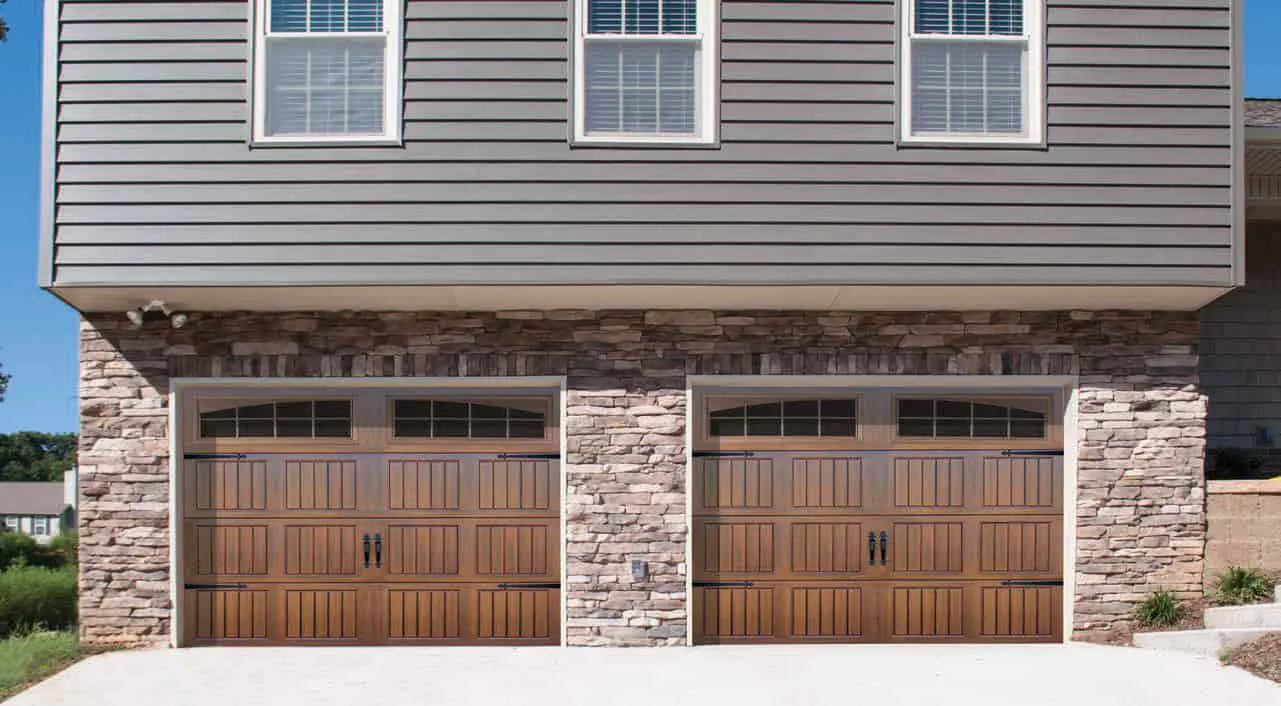
Ultimately, insulating your garage door is a wise investment that pays off in comfort, energy savings, and protection for your belongings. It’s a proactive step in preparing your home for extreme weather conditions and ensuring that you have a functional and comfortable space year-round.
Reinforcing Your Garage Door
When it comes to preparing your garage door for extreme weather, reinforcing it is a proactive measure that can significantly enhance its ability to withstand the forces of nature. Here are three effective ways to reinforce your garage door:
Upgrading to Wind-Resistant Models:
If you reside in an area prone to frequent strong winds, hurricanes, or tornadoes, it’s wise to consider upgrading to a wind-resistant garage door model. These specialized doors are engineered to withstand the powerful forces of high winds and flying debris, making them a formidable barrier during extreme weather events. They often come with reinforced construction, impact-resistant materials, and secure locking mechanisms, providing your home with superior protection.
Strengthening the Tracks:
The tracks that guide your garage door play a crucial role in its stability, especially during storms. To reinforce them:
- Ensure that the tracks are securely attached to the wall or ceiling of your garage. Loose or wobbly tracks can compromise the door’s ability to function correctly during extreme weather conditions.
- Regularly inspect the tracks for any signs of damage or wear. Look for dents, bends, or misalignments. If you notice any issues, address them promptly to maintain the structural integrity of the tracks.
- Lubricate the tracks and rollers to ensure smooth operation. Proper lubrication minimizes friction and reduces the strain on the door’s components, enhancing its overall durability.
Reinforcing your garage door is a proactive step that enhances your home’s resilience in the face of extreme weather conditions. Whether through the installation of a wind-resistant model, strengthening the tracks, or using a reinforcement kit, you can have peace of mind knowing that your garage door is well-prepared to weather any storm that comes its way.
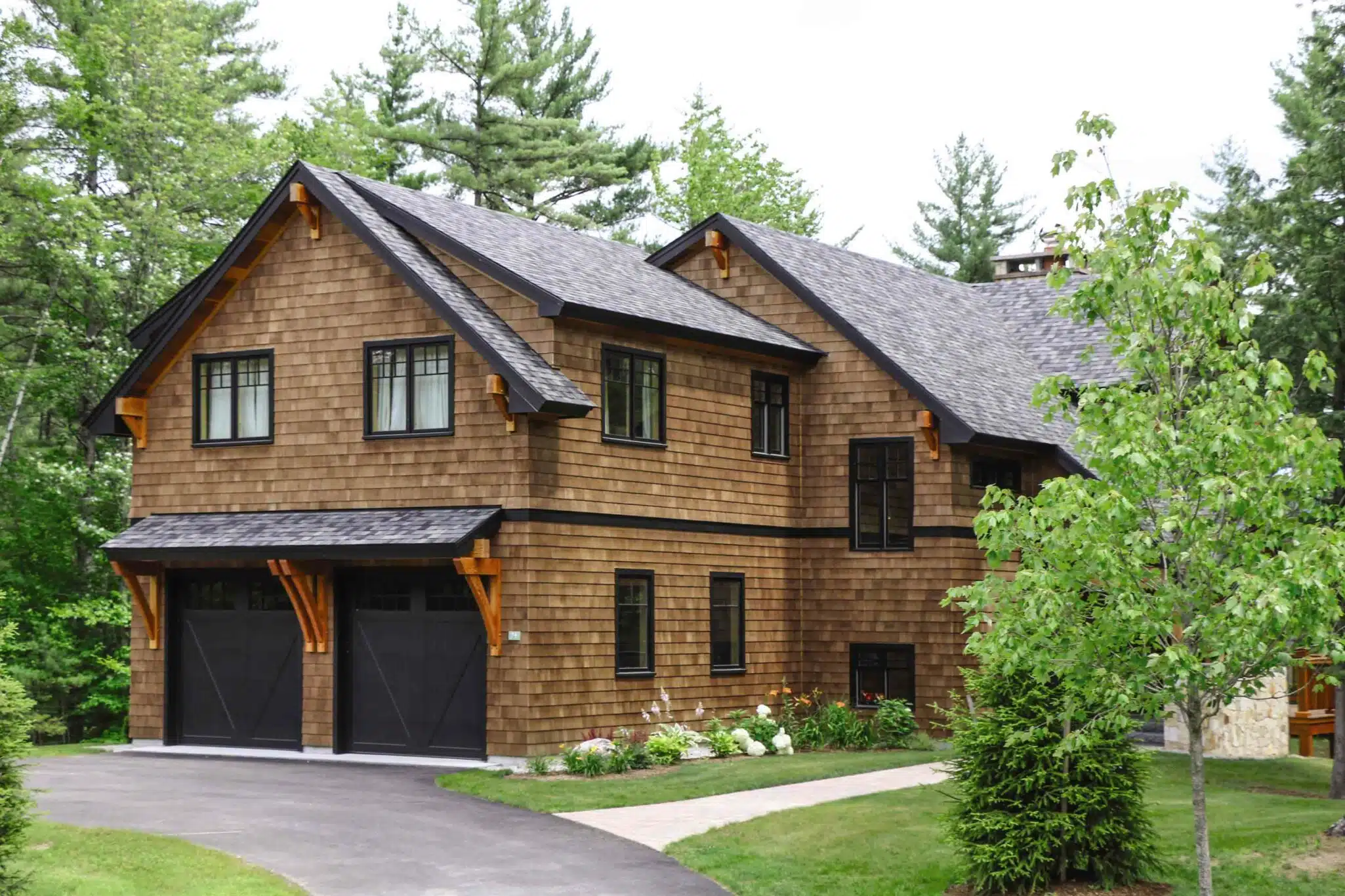
Emergency Preparedness
Storing Emergency Supplies
Keep essential emergency supplies in your garage, such as a flashlight, batteries, non-perishable food, and a first-aid kit. In case of a power outage or severe weather event, having these items readily available can be a lifesaver.
Knowing How to Disconnect the Opener
Familiarize yourself with the manual release mechanism of your garage door opener. During a power outage, you may need to disconnect the opener and operate the door manually.
Reinforcing Windows
If your garage door has windows, consider reinforcing them with impact-resistant film or installing storm shutters. This will protect your garage from potential window damage during extreme weather.
In conclusion, preparing your garage door for extreme weather conditions is a vital aspect of home maintenance. By following these guidelines and taking proactive steps, you can ensure the durability and functionality of your garage door, providing peace of mind during harsh weather events.
FAQs
Proper preparation helps protect your home, reduces the risk of damage, and ensures your garage door remains functional during harsh weather.
It’s recommended to inspect and perform maintenance on your garage door at least once a year to ensure optimal performance.
Look for visible cracks, rust, and frayed cables, which can indicate the need for repairs before severe weather strikes.
Disconnect the opener and manually lift the door halfway; if it stays in place, it’s balanced. If it falls or rises, adjustments are needed.
Sealing cracks and gaps, installing weather stripping, and insulating the door are effective ways to weatherproof your garage.
Weather stripping creates a seal around your garage door to prevent drafts, moisture, and pests from entering.
Yes, insulating your garage door helps regulate the temperature inside, improves energy efficiency, and protects stored belongings from extreme temperatures.
You can upgrade to a wind-resistant model, strengthen the tracks, or install a reinforcement kit to enhance your door’s ability to withstand severe weather.
Keep a flashlight, batteries, non-perishable food, and a first-aid kit to be prepared for power outages or extreme weather events.

